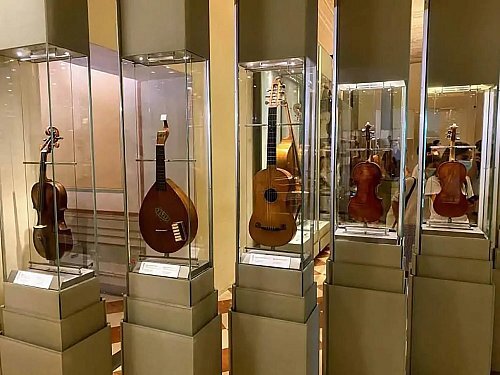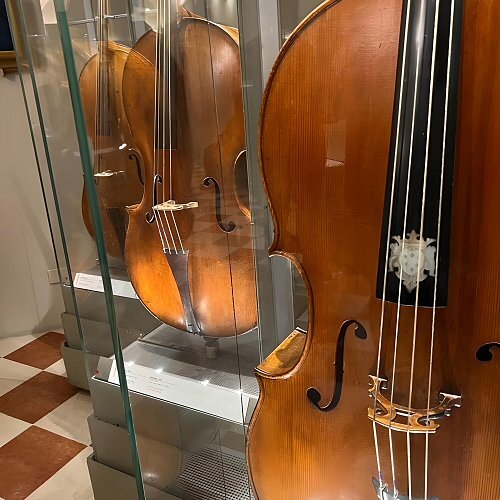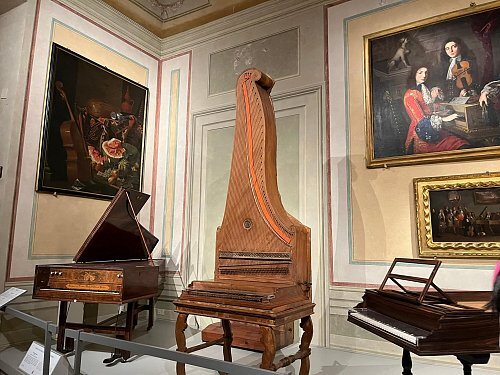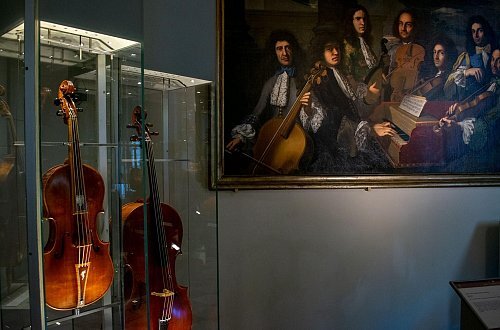Musical Instruments

For lovers of opera, theater and classical music if one is so passionate the Accademia is one of the very top places to be explored while in Florence. Displayed within the Luigi Cherubini Conservatory section is a special exhibition dedicated to the Grand Ducal collection of some 50 musical instruments. These pieces demonstrate the most important role played by music both in daily life and official festivities at the Medicean Court through their exceptional sound quality, fine materials, and aesthetic beauty.
Exploring the collection of fine harpsichords and string and wind instruments, one can discover where the piano had its beginnings, which was made by Bartolomeo Cristofori for the Medici around 1699. Multimedia systems provide visitors with information regarding the features and sounds of these instruments and memos on the various sumptuous feasts organized by the Medici in villas or theaters but which were all designed to show off, in great pomp, cultural wealth in the 17th century.

Stradivar's Viola
One of the most precious pieces at the Accademia exhibited is the tenor viola, unique work of Antonio Stradivari in 1690. It is red spruce and maple high-quality wood created with the Medici coat of arms inlaid with mother-of-pearl as well as ivory and ebony. The tenor viola stood in the top five of those belonging to the "Medici quintet", a special consort of five stringed instruments made for Grand Prince Ferdinand, also from 1690.
This viola is a work of outstanding artistry since it was only example left which had been conserved fully in its original state of magnificence.

The invention of the Piano
In 1688, he was hired by Grand Prince Ferdinand de’ Medici and this gave total enhancement to his life in building musical instruments while experimenting with new materials and sounds. Among his famous inventions were spinnets and harpsichords. One exceptional invention of his that was even recorded in official documents is the "pianoforte" (piano).
Audiovisual guides enable visitors to hear demonstrations of the pioneer piano's sound, drawing comparisons with the harpsichord that preceded it.

Musicians at Court
Anton Domenico Gabbiani painted a series of canvases showing the musicians and their instruments hired at the court of Grand Prince Ferdinand by the Medici in 1685—1690.
In Gabbiani's portraits, many of his accurate representations of clothing and especially instruments themselves are identified as gift items, music directors for the Medicis: Pedro Salvetti and Francesco Veracini.
Then in the room dedicated to Bartolomeo Cristofori, inventor of the piano, there are some seventeenth-century still-lifes represented by collections exhibiting very valuable tables surrounded by very fine musical instruments and very fresh fruit.
